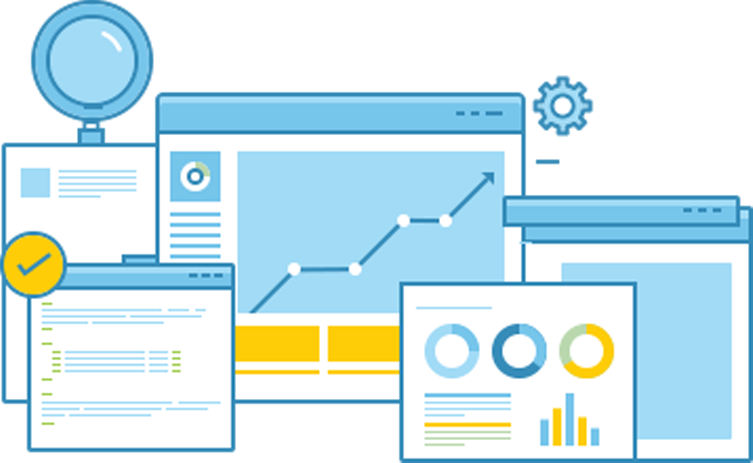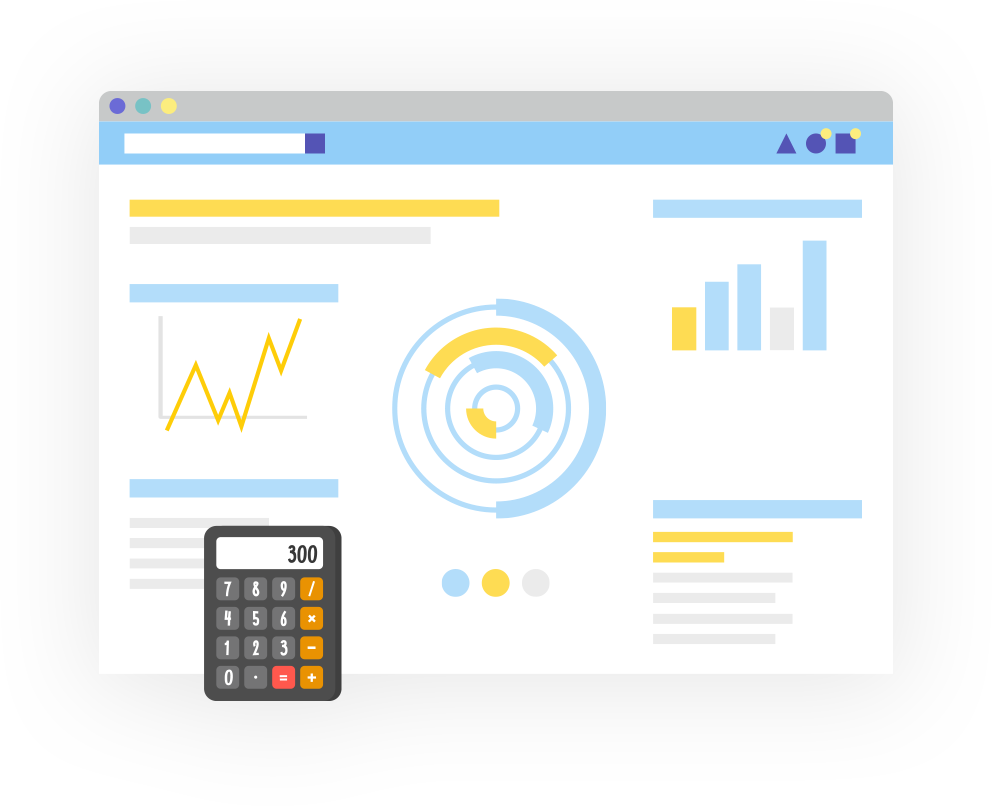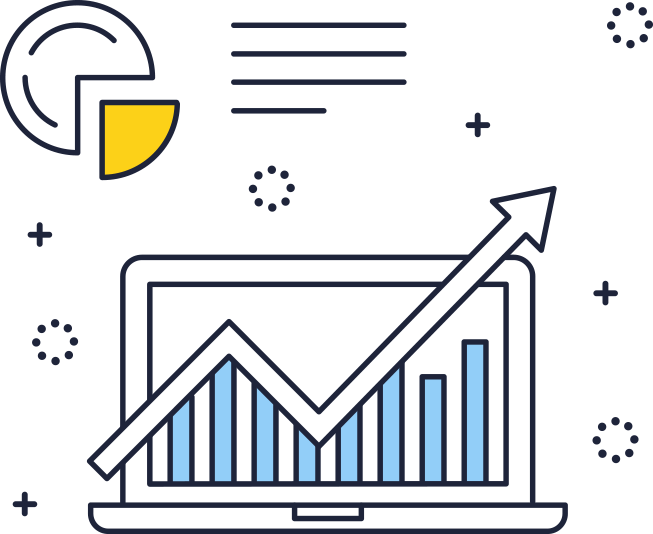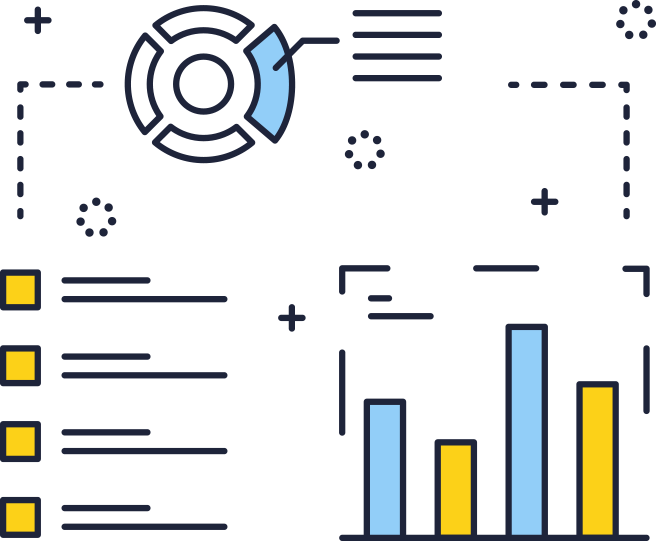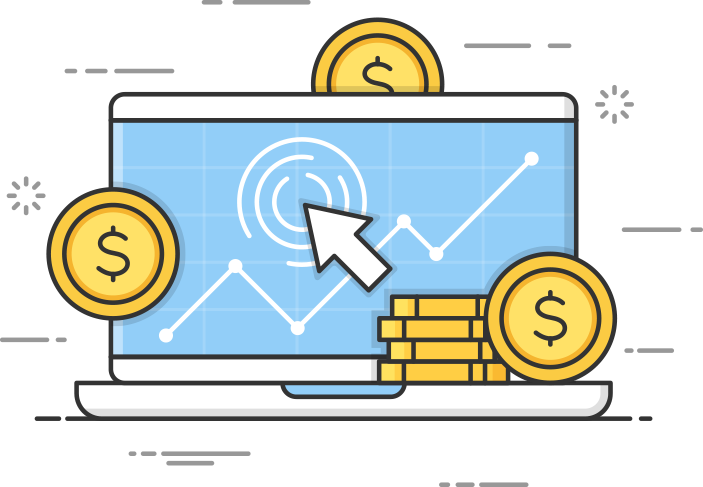What is web analytics?
Web analytics is all about tracking and monitoring your site visitors and the ways they interact with your website by looking at their behavior and activities. This includes the process of gathering, analyzing, and reporting of data and insights using an analytics tool.
Our team at Spiralytics Agency uses Google Analytics to discover and evaluate these actions. The findings allow us to understand better why people leave a web page and click on the links, and what makes them interact with a page. Web analytics enable us to set key performance indicators (KPIs) or benchmarks to measure your site’s various elements accurately.
Why do you need web analytics?
If you want to grow your business website (surely, you do), then web analytics is an integral part of your online marketing strategy. This practice provides you valuable and compelling data about your website visitors, so you can optimize your content and streamline your strategy based on their interests and activity on your page.
Your web analysis enables you to measure important metrics like conversions, clicks, and page views. It should tell you how well your SEO efforts are performing and which types of content appeals more to the kinds of people who visit your website, with the aim of converting them.
Should I use a free analytics program for my website?
Choosing your web analytics tool depends on different factors, including the size of your business, budget, and information you want to see. Moreover, there are strategic considerations that you’d want to look into.
If you’re unsure about which analytics program to use, how to go about it, and what to do, you can reach out to us to discuss your business goals, and we’ll provide insights as to what decision is the most appropriate for your brand.
How much does it cost to use Google Analytics?
Google Analytics costs 0 dollars. It is completely free to use! You can sign up for an account for your website yourself to familiarize yourself with its features and navigate ints interface.
What kind of data can I access?
Lots! The true power of Google Analytics lies beneath its surface. It can provide you insights into every facet of your website’s performance. In a nutshell, Google Analytics reports are divided into four categories: Audience reports, Acquisition reports, Behavior reports, and Conversion reports.
Of course, each category gives an in-depth overview of everything you need to know about your website performance, from your site’s bounce rate to the most visited pages, to the language spoken and location of your site visitors.
What digital channels can you measure?
The majority of online marketing channels can be tracked and measured in-depth. However, you may find some platforms restricted by application architecture, security requirements, infrastructure constraints, and privacy policies. In some cases, it’s possible to measure digital channels such as microsites, email, ecommerce, and banner advertising, among others.
